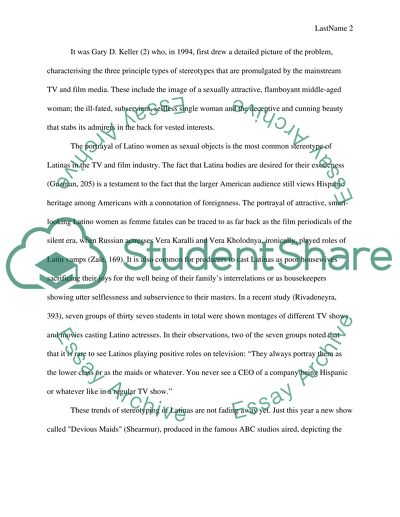Cite this document
(“Stereotyping of Latina Women in the United States Research Paper”, n.d.)
Stereotyping of Latina Women in the United States Research Paper. Retrieved from https://studentshare.org/gender-sexual-studies/1493081-stereotyping-of-latina-women-in-the-united-states
Stereotyping of Latina Women in the United States Research Paper. Retrieved from https://studentshare.org/gender-sexual-studies/1493081-stereotyping-of-latina-women-in-the-united-states
(Stereotyping of Latina Women in the United States Research Paper)
Stereotyping of Latina Women in the United States Research Paper. https://studentshare.org/gender-sexual-studies/1493081-stereotyping-of-latina-women-in-the-united-states.
Stereotyping of Latina Women in the United States Research Paper. https://studentshare.org/gender-sexual-studies/1493081-stereotyping-of-latina-women-in-the-united-states.
“Stereotyping of Latina Women in the United States Research Paper”, n.d. https://studentshare.org/gender-sexual-studies/1493081-stereotyping-of-latina-women-in-the-united-states.


